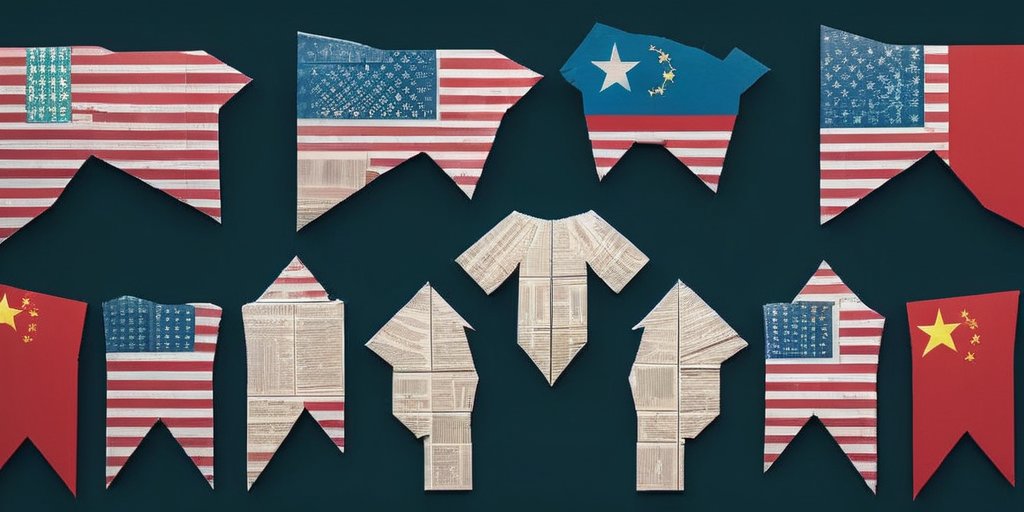As Donald Trump’s anticipated “Liberation Day” on April 2 approaches, the spotlight is on whether the ongoing trade tensions between the United States and China will escalate into a full-blown conflict. Amid threats of imposing steep tariffs on various Chinese goods, Trump hints at potential concessions in exchange for broader negotiations regarding the Chinese social media platform, TikTok. This dual approach leaves Chinese officials in a state of confusion, grappling with both the prospect of punitive tariffs and the chance for diplomatic resolution.
Trump has consistently criticized the $459 billion trade deficit with China, threatening tariffs that could soar to 60% on Chinese imports. This shakeup threatens significant ramifications for global markets, evidenced by falling stocks in Asia as investors react to potential tariff hikes. Observers speculate two primary scenarios: one where tensions escalate, leading to decoupling, and another where both nations find a way to coexist peacefully in the global marketplace.
Beijing’s message is equally clear; they are prepared to respond robustly to any US actions that they perceive as harmful to their interests. In recent meetings with US trade representatives, Vice Premier He Lifeng expressed serious concerns about Trump’s tariff intentions, stating that China would resolutely counterattack against any attempts to harm its economy. This has spurred China to fortify its anti-sanctions law and utilize a range of measures to prepare for possible escalations.
The essence of this trade war transcends tariffs alone; global supply chains are at risk, and the outcome may redefine economic relations not just between the US and China, but worldwide. Experts warn of the consequences of a protracted trade war, which could result in damaging effects on both economies—a caution traced back to lessons learned during the earlier Trump administration.
Both nations share a vested interest in reaching a deal, but significant hurdles remain. Trump’s allies in Washington emphasize tough stances, such as requiring China to address the fentanyl crisis before any trade discussion can advance. Yet China seeks a comprehensive agreement that does not only concede to US demands, pointing to a delicate balancing act that may prove challenging in future negotiations.
Overall, as tensions bubble, the question remains—can the US and China navigate through this intricate web of tariffs and diplomacy, or are they doomed to a confrontation that will affect not only their economies but those of their global partners? Analysts are left debating whether Trump’s tariff strategy will yield fruitful negotiations or spiral into deeper economic discord with significant ramifications for both the American and Chinese economies.
